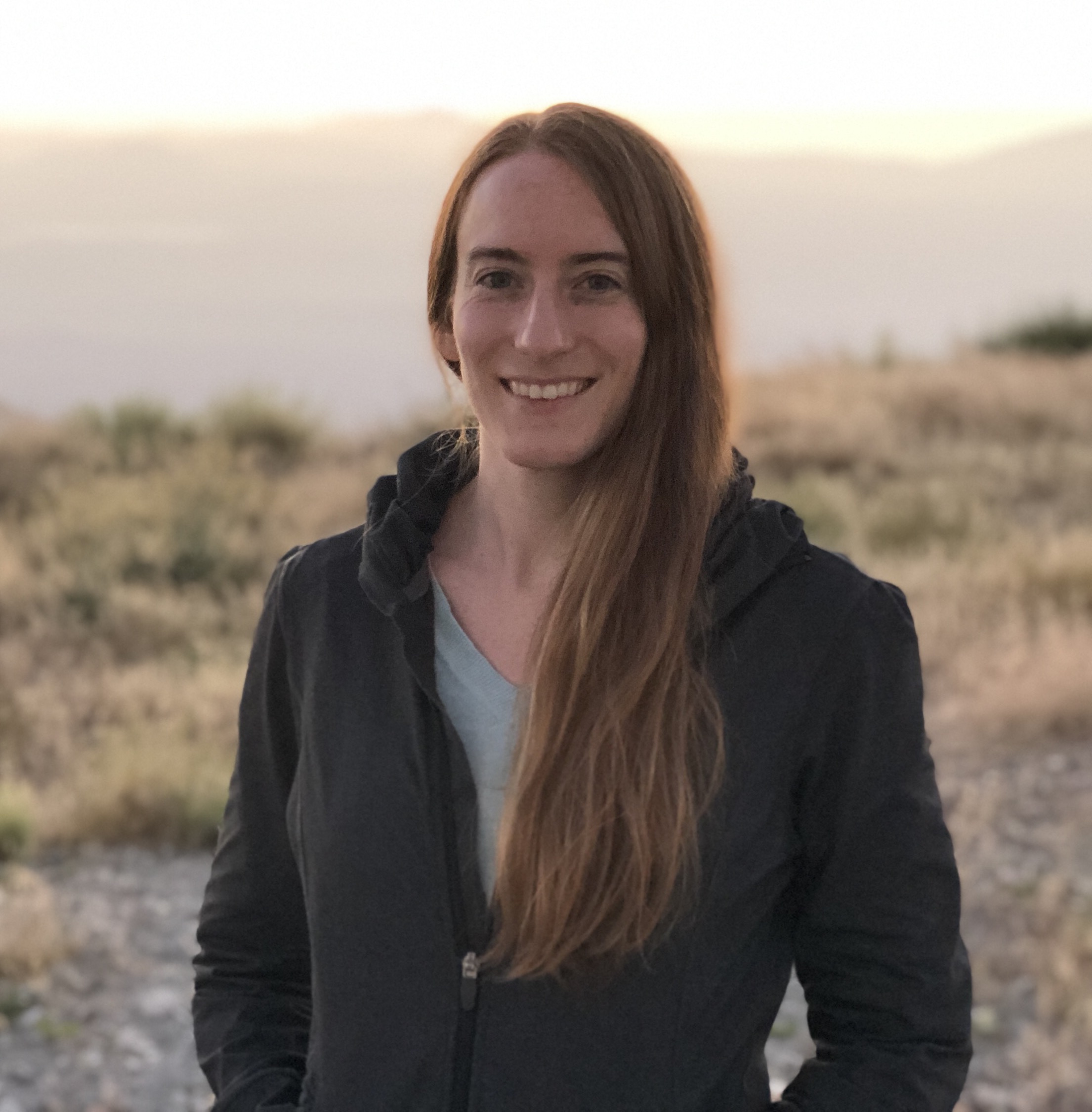
Prestigious prize celebrates outstanding achievements of early career astronomers
Even the closest stars in the night sky are trillions of kilometres away. But one University of Toronto professor’s shine in observational astronomical research is being recognized much closer to home.
Today, Prof. Maria Drout was awarded the 2024 Newton Lacy Pierce Prize by the American Astronomical Society (AAS). The Prize is awarded annually to an astronomer under the age of 36 for outstanding achievement over the past five years in observational astronomical research based on measurements of radiation from an astronomical object. As part of the award, Drout will deliver a prize lecture at an AAS meeting next year, where thousands of astronomers from around the world will come together to share their research.
“It’s a huge honour,” Drout says.
A lot of science is done by junior researchers juggling several demands, Drout says, from starting a research group to figuring out what it means to be a new faculty member. This Prize recognizes that work and encourages researchers through what can be a challenging time.
For Drout, the award is particularly impactful because it celebrates a part of her career that was deeply impacted by the pandemic.
“I started my faculty position in 2018, so I had just a year and a half before the pandemic hit,” she says. “Then we had to figure out how to make the research group work almost entirely remotely for a couple of years, both in terms of access to telescopes and even just how students worked with me and worked with each other. It was very difficult to navigate.”
Drout is an Assistant Professor with the David A. Dunlap Department of Astronomy & Astrophysics and an Associate of the Dunlap Institute. Her research examines how massive stars evolve and interact with each other, how they explode as supernova to form compact objects like black holes or neutron stars, and how those compact objects might eventually merge.
Drout was part of the team that was first to see a source of gravitational waves in visible light, created by two merging neutron stars in a galaxy 130 million light years away. More recently, she helped uncover the first-known population of helium stars stripped in binaries, developing a new survey in the ultraviolet spectrum to find them.
About the American Astronomical Society
The American Astronomical Society (AAS), established in 1899, is a major international organization of professional astronomers, astronomy educators, and amateur astronomers. Its membership of approximately 8,000 also includes physicists, geologists, engineers, and others whose interests lie within the broad spectrum of subjects now comprising the astronomical sciences. The mission of the AAS is to enhance and share humanity’s scientific understanding of the universe as a diverse and inclusive astronomical community, which it achieves through publishing, meetings, science advocacy, education and outreach, and training and professional development.
